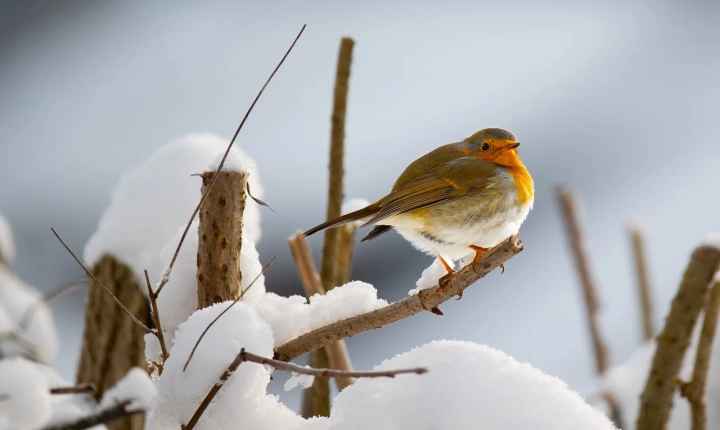Title: Tips for Writing a Good Prompt for AI Art
Artificial Intelligence (AI) has revolutionized the world of art, allowing creators to collaborate with intelligent algorithms to produce unique and compelling artworks. However, in order to effectively harness the power of AI to produce meaningful and creative art, it is essential to provide the algorithm with a well-crafted prompt. A good prompt can greatly influence the outcome of AI-generated art, shaping the style, theme, and overall aesthetic of the final piece. Here are some tips for writing a good prompt for AI art.
1. Provide Clear and Specific Instructions
When writing a prompt for AI art, it is important to provide clear and specific instructions to guide the algorithm. Clearly outline the desired style, color palette, and subject matter to ensure that the AI understands the creative vision. For example, instead of a vague prompt like “Create a landscape,” a more specific prompt like “Generate a surreal, vibrant landscape with a focus on geometric shapes and bold colors” provides the AI with a clear direction to follow.
2. Incorporate Inspirational References
Including inspirational references in the prompt can help the AI understand the desired aesthetic and mood. By including links to artworks, photographs, or visual references that capture the essence of the intended style, creators can provide the AI with valuable context and inspiration. This can help the AI algorithm to better understand the desired outcome and produce art that aligns with the artist’s vision.
3. Strike a Balance Between Freedom and Direction
Finding the balance between giving the AI algorithm creative freedom and providing specific direction is crucial when writing a prompt for AI art. While it is important to provide clear instructions, leaving room for the algorithm to interpret and infuse its own creativity can lead to unexpected and innovative results. By striking this balance, creators can encourage the AI to produce art that is both original and aligned with their vision.
4. Consider Emotional and Conceptual Elements
In addition to visual guidelines, consider incorporating emotional or conceptual elements into the prompt to convey a specific mood, narrative, or theme. Whether it’s evoking a sense of nostalgia, exploring a futuristic concept, or conveying a particular emotion, integrating these elements into the prompt can lead to more nuanced and impactful AI-generated art.
5. Iteration and Collaboration
AI art prompts can also benefit from an iterative approach, allowing for collaboration between the artist and the AI. After reviewing the initial output, the artist can provide feedback and refine the prompt to further guide the algorithm toward the intended result. This collaborative process can result in a more refined and personalized outcome that effectively merges the creativity of both the artist and the AI.
In conclusion, writing a good prompt for AI art is a skill that requires thoughtfulness, creativity, and a clear understanding of the desired outcome. By providing clear and specific instructions, incorporating inspirational references, striking a balance between freedom and direction, considering emotional and conceptual elements, and embracing iteration and collaboration, creators can optimize the AI art generation process and produce compelling and meaningful artworks. With these tips in mind, artists can unleash the full potential of AI as a creative collaborator and push the boundaries of artistic expression.
